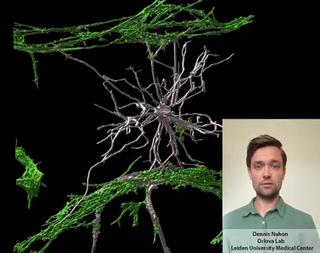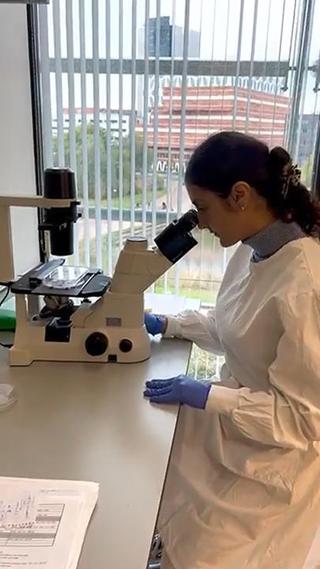Platform for in vitro airborne inhalation testing
The air-liquid interface (ALI) technique uses lung cells cultured on a tiny polymer membrane in a cup. On one side of the membrane is a liquid containing the medium necessary for the cells to survive, while the other side is in contact with air. This is similar to the situation in the human lung. The compound to be tested is administered via an aerosol, vapor, or gas to mimic the situation in human lungs. By monitoring different parameters in the cell model before and after the compound is added, it is possible to measure the effects on lung cells. Depending on the test to be carried out, the lung cells can come from different regions in the respiratory tract and even from a variety of people, including individuals who smoke a lot or have specific diseases such as chronic obstructive pulmonary disease or asthma.
In vitro ALI inhalation testing adds value for e.g. pre-clinical trials and research in the pharmaceutical industry and testing (new) compounds for the chemical sector and beyond. The advantages of ALI inhalation testing are that it is a non-animal method, it reduces the use of in vivo experiments, pre-clinical testing with human-derived cell models is more realistic and limits clinical trial failures and it provides faster and more efficient testing of compound
New

Five simple tricks for making your own video for TPI.tv

Stem cell derived Vessels-on-Chip to study brain disorders

From 2D hiPSC culture to developing a 3D vessel-on-chip
